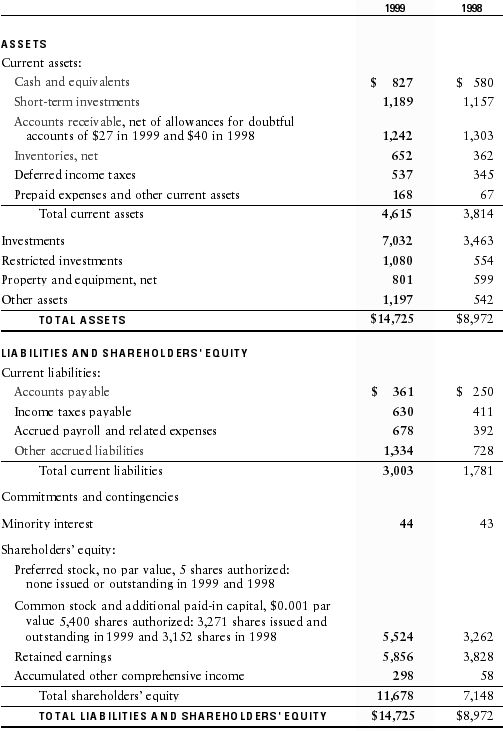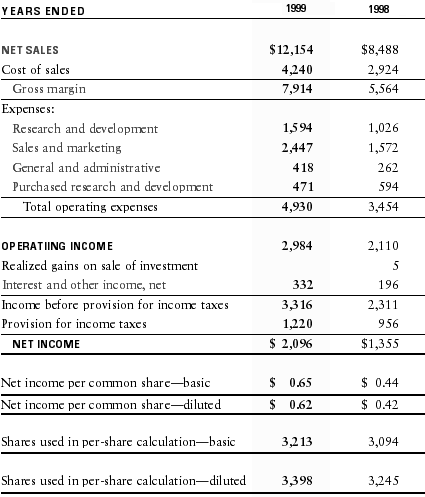Return On Assets - ROA
Return on assets = Net Income + Interest Expense ÷ Total Assets
Indicates what return a company is generating on the firm's investments/assets.
Things to remember
- The ROA is often referred to as ROI ("Return on Investment")
- Interest expense is added to ignore the costs associated with funding those assets.


For Cory's Tequila Co.: $2,096 ÷ $14,725 = 0.14
Return on Assets Analysis:
This is an important ratio for companies deciding whether or not to initiate a new project. The basis of this ratio is that if a company is going to start a project they expect to earn a return on it. This return is the ROA. Simply put, if ROA is above the rate at which the company borrows funds then the project should be accepted; if not then it is rejected. Cory's Tequila Co.'s ROA is 14% - very high, this is over double their cost of borrowing.
